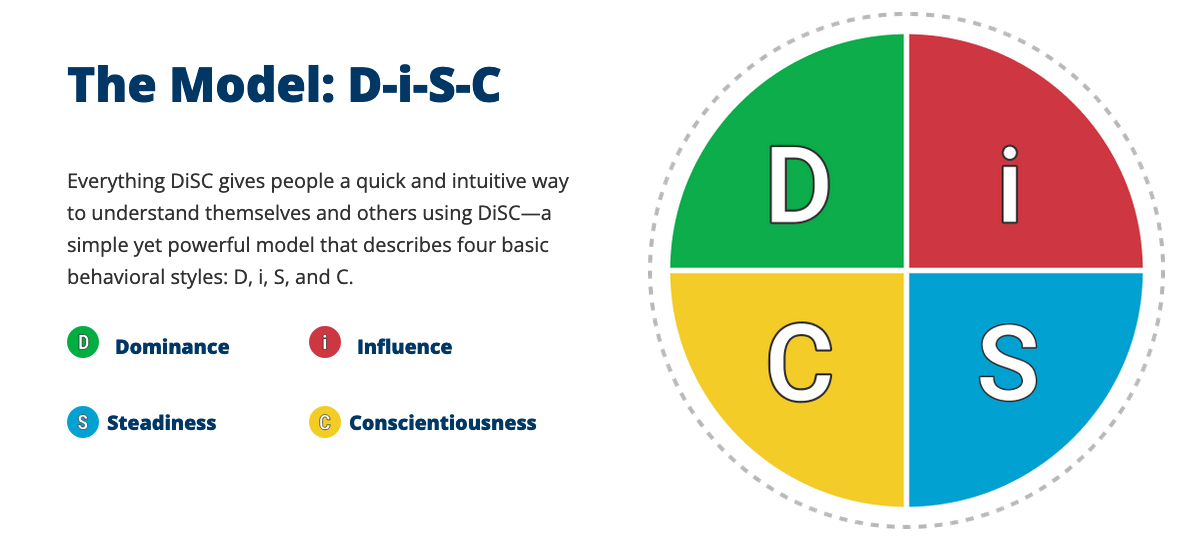The five canons of rhetoric are a classical approach to understanding effective communication. They are: invention (what to say), arrangement (structure of content), style (language choices), memory (learn the presentation) and delivery (use of more than just words).
Summary by The World of Work Project
The Five Canons of Rhetoric
Effective communication and presentation is something that humans have been studying for millennia. These are skills that can be improved with both knowledge and theory, and with practice.
The ancient Greeks and Romans were particularly interested oratory and communication. Several of their surviving texts detail the five major “canons” of rhetoric. In fact, the five canons of rhetoric have been credited to the Roman orator, senator and consul, Cicero. He’s believed to have written them in about 50 BC. (As an aside, Robert Harris’ “Cicero Trilogy” is an excellent insight into a fascinating person.)
The five canons of rhetoric are simply the five skills that individuals need to have to be great at communicating. While these canons date from a long time ago, they’re still relevant for anyone looking to create and deliver effective communications today. We’ll look at each of them in turn.
Invention
Invention is the process of coming up with what you want to say to persuade your audience of your view. What are the key messages and points that will help you convince your audience of your point of view?
To do this stage well requires clarity of purpose and understanding of the subject and your audience. At this stage you also need to choose your presentation style (and now days your medium) and decide how long your presentation should be.
Arrangement
Arrangement is the process of structuring your content. You need to put all the great things you thought of in the invention stage into a good order so that they work together and so that they help you land your message and persuade your audience.
Modern arrangement usually has three stages: introduction, body and conclusion. Th classical arrangement that Cicero would have used though had five stages: introduction, state neutral facts, make your case, refute alternative positions, conclude your presentation. This arrangement can still be used if you wish, though most people go with the three stage approach.
It’s important to think about your arrangement across all forms and mediums of communication and make sure that what you choose is right for your audience and your chosen medium.
Style
Style is the process of choosing language and constructing your presentation so as to create an emotional response. This is the Pathos part of the rhetorical triangle.
Eloquence and structuring and help achieve this outcome, as can the skilled use of emotive language and rhetorical devices such as analogy, allusion and alliteration.
Memory
Memory relates to remembering enough so that you can present fully and fluently, without notes. This was essential in the Roman era when the canons were written and orators needed to speak for hours at a time. While it’s perhaps slightly less important now, it’s still a very useful skill.
Many great speakers visualize their presentations in advance, do “dress rehearsals”, explore their environments and understand multiple layers of their presentations (from full text to a few key bullet points).
Delivery
Delivery is the last of the five canons of rhetoric. Itinvolves using all the tools available to you to effectively communicate. We know that words are only a tiny part of communication (See the 7-38-55 communication model), and that to be at our most effective as communicators we need to use a range of methods and tools.
Emphasis, tone of voice, change of pace, pauses, volume, gesticulation, body language, positioning and props are all tools to help effectively deliver your arguments.
Learning More
Effective communication is a key skill in the world of work. We’ve written several other posts on the topic. These include the tongue in cheek ABCs of communication, the 7 Cs of communication and 10 Tips for Better Presentations. We’ve also written a bit on persuasion and influence. Posts include Cialdini’s 6 Principles of Persuasion and Monroe’s Motivated Sequence.
We’ve also explored the important role that communications and stories play in organizational change.
You might enjoy this podcast on communication:
The World of Work Project View
It’s an only model, but a very good one. There is a reason that it has lasted for more than 2,000 years and is still talked about. And that reason is that it covers a lot of what is important regarding communication.
While when we prepare our communications (and our podcasts) we don’t actually use this model, we still believe that an understanding of it is important and helpful for most people who are looking to create and deliver effective and persuasive communications.
PS – we know that the pic for this post is of cannons, not canons :)
How We Help Organizations
We provide leadership development programmes and consulting services to clients around the world to help them become high performing organizations that are great places to work. We receive great feedback, build meaningful and lasting relationships and provide reduced cost services where price is a barrier.
Learning more about who we are and what we do it easy: To hear from us, please join our mailing list. To ask about how we can help you or your organization, please contact us. To explore topics we care about, listen to our podcast. To attend a free seminar, please check out our eventbrite page.
We’re also considering creating a community for people interested in improving the world of work. If you’d like to be part of it, please contact us.
Sources and Feedback
The contents of this post have been based on various articles from the internet, but Cicero’s text, “De Inventione”, is the original source on which they have been based.
We’re a small organization who know we make mistakes and want to improve them. Please contact us with any feedback you have on this post. We’ll usually reply within 72 hours.






